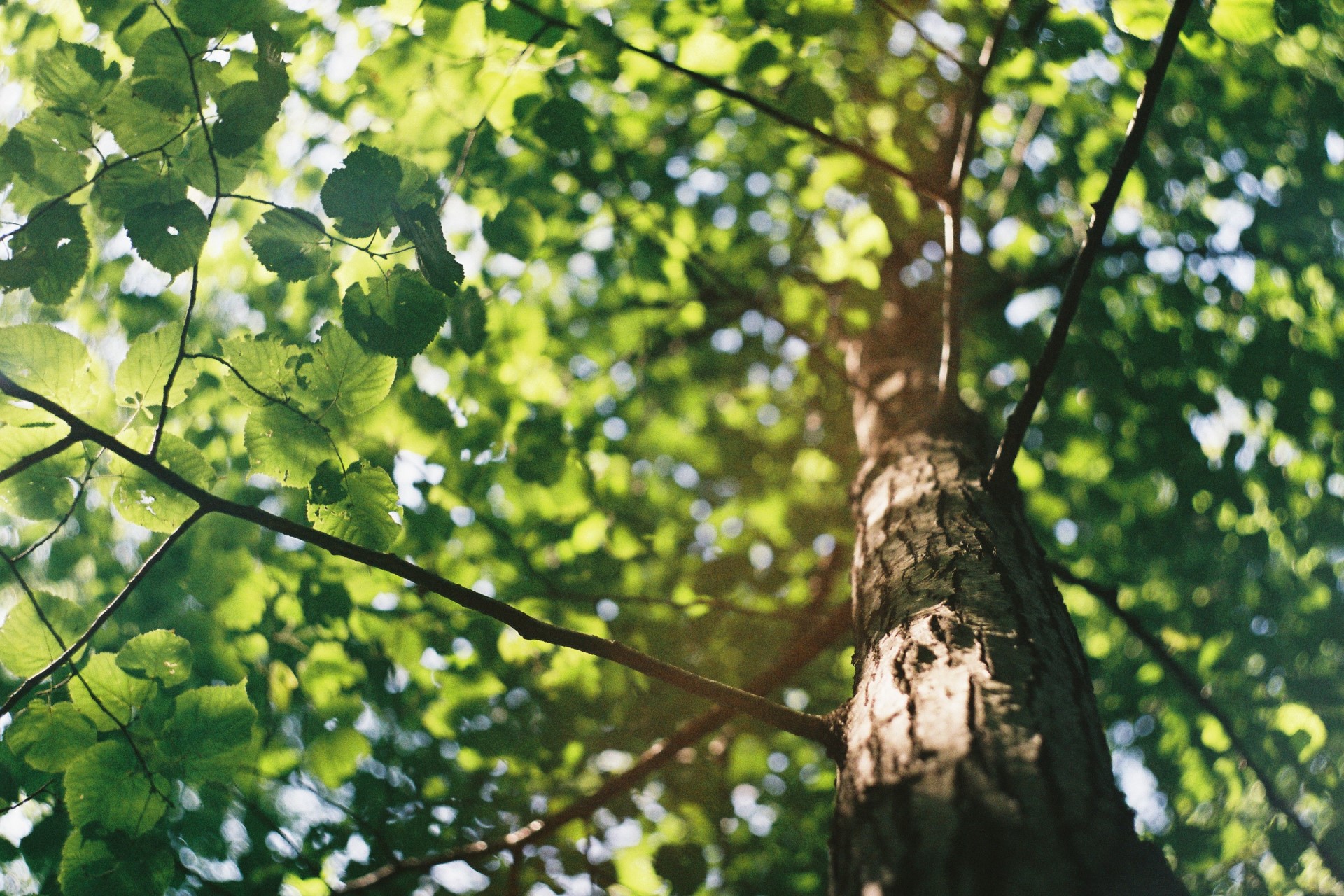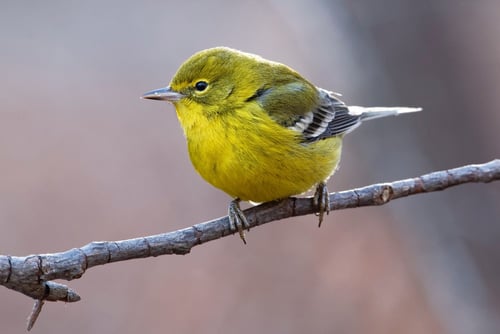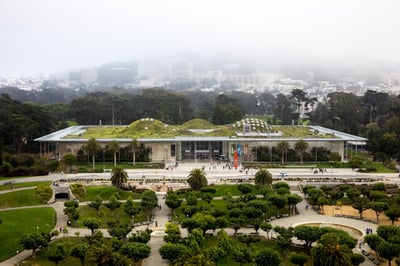
Environmental stewardship might feel like a tall order within city limits, but the simple act of caring for green roofs can do more for nature than you think.
We suffer from a very one-and-done mentality in our society.
Want a new jacket? Buy one online. Need a restaurant recommendation? It’s at your fingertips; no need to call your friends anymore. Have to meet city requirements and install a green roof.
No problemo. Expert called; project accomplished. Now you never have to think about it again.
If you think we’re joking, think again. We’ve seen more dead or dying green roofs than we can count, all because regulations require their installation but not their maintenance. We’re lacking a very basic component of environmental stewardship here: upkeep.
It’s not just the green roofs or other manmade systems that pay for this neglect, either. It’s the plants and animals that make up our natural world.
If we want to do what we can to help the ecology of our cities, we need to make a change.
What Is Urban Ecology, and What Is Our Duty to It?
 At Ecogardens, we define urban ecology as the study and stewardship of organisms that live within city spaces. Those intrepid plants, animals and microorganisms that have decided to brave the metropolitan arena and coexist with us.
At Ecogardens, we define urban ecology as the study and stewardship of organisms that live within city spaces. Those intrepid plants, animals and microorganisms that have decided to brave the metropolitan arena and coexist with us.
For too long, we have assumed that city and nature are separate, and so haven’t felt much inclination or responsibility to help those animals that inhabit our urban spaces.
Frankly, that’s not cool.
The good news is, by stewarding our environment and green systems more effectively – especially green roofs, which are desperately in need of post-installation TLC – we can help plants, animals, humans and our own budgets, all at the same time.
Here are just a few ways that routine environmental stewardship helps everyone.
Reduces the Need for Harmful Chemicals
Keeping a tight rein on your green roof or rooftop garden reduces the chance of needing to call in the cavalry later. On the other hand, when you let invasive plants or damaging pests get out of control, things get ugly.
Using chemicals to mop up the mess often takes beneficial species with it. Even natural products, such as herbicide made of citrus oil or vinegar, can do serious damage to insect communities living on the roof.
With ongoing stewardship, you can often deal with incipient problems using little more than elbow grease.
Creates a Balanced Ecosystem in Which Plants Can Thrive

Green roofs are rough places to survive, let alone thrive. High elevations, exposure, and extreme temperature ranges demand a lot of plants. Without help, they tend to suffer from the rigors of their environment.
That in turn means they can’t provide a stopover for bees. They can’t be a nesting ground for birds. They can’t make room for butterflies or dragonflies to live amongst herbs and flowers.
Tended well, green roofs and pollinator gardens make excellent habitat for animals on which we rely. Untended, plants die and can’t provide those much-needed homes.
Retains Stormwater and Reduces Water Pollution
Combined sewer overflows or CSOs are one of the biggest problems bedeviling our environment today. When water rushes into sewers and then back out, carrying raw sewage with it, everyone suffers. That means plants, animals and people alike.
Green roofs and other man-made systems – such as bioswales or rooftop gardens – help to retain and detain stormwater. They snatch rain and snow out of the air, holding onto moisture and releasing it slowly back into the environment so that this doesn’t happen.
If plants are carefully tended, that is. Hence stewardship.
Minimizes Expensive Fixes or Overhauls
Lastly, ongoing stewardship means a reduction in the number of costly fixes for which you’ll eventually have to pony up. Keeping your plants, rooftop components and other structures in good shape means you won’t have to address problems later.
Which in turn means the birds and bees can enjoy the space without interruption.
Sound like a good deal for all? It is. We’d love to tell you more about environmental stewardship and its many benefits, so get in touch today.

